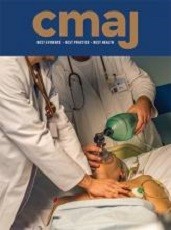Carol A Cowell

Extract
The WEUP syndrome (otherwise known as “Wilful Exposure to Unwanted Pregnancy”) has been well documented in a number of psychiatric publications. . .
. . . Abortion is not an emergency procedure and the lowering of the legal age of consent has had virtually no effect on the availability of the operation to the adolescent patient. . . .
. . . .does the “open approach” and provision of effective contraception mean to young people that you personally endorse premarital sexual experimentation and does this influence their behaviour? My answer is an unequivocal “No”; they make their own choice with or without your approval, and whether or not they are “outfitted” beforehand with effective contraception.
. . To the question “What was your main reason for having an abortion?” the following answers were given: “too young” (55%), “wanted to finish school” (15%), “wanted a child but couldn’t keep it” (12%), “pressure advice from parents (7%), “don’t want the kid (child)” (7%), other (4%). From our follow-up data regarding the girls’ assessment of what for them was the best solution (i.e. term delivery or abortion), 93.3% said that abortion was the best solution, with some 4.3% saying that it was not and 2.4% providing no answer. . .
Cowell CA. (Editorial) Wilful exposure to unwanted pregnancy?. Can Med Assoc J. 1974 Nov 16;111(10):1045, 1047.
